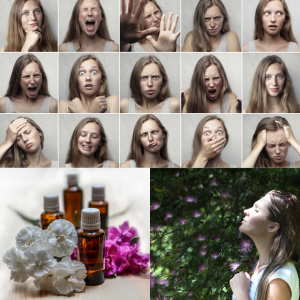
Last week, I discussed how touch is encoded in the brain and how it impacts cognition, stress, and emotions. I was inspired to explore these connections because of a therapeutic technique I was introduced to, the Havening Technique. This method is claimed to release trauma and balance emotional disorders by combining tactile stimulation with exposure therapy.
In my follow-up article, I get into more specifics on the biochemical and psychological mechanisms of the Havening Technique.
Topics include:
- Explaining Havening in Simple Terms
- DIY Havening Exercises
- The Science of how the Havening Technique Works (Psychological and Biochemical)
- The Processes Followed During a Havening Technique Session
- Evidence of Effectiveness
- My Final Conclusion
Learn How Naturopathic Medicine Can Support Your Health.

Specializing in Mental and Emotional Health, Women’s Health, and Digestive Health
Click here to discover more.
Access my free two-part video series on essential oils for brain, mood, and hormonal balance!
This material is for information purposes only and is not intended to diagnose, treat, or prescribe for any illness. You should check with your doctor regarding implementing any new strategies into your wellness regime. These statements have not been evaluated by the FDA. (Affiliation link.)
According to experts and the World Health Organization (WHO), there is no approved standard of care treatment, cure, or preventative for COVID-19. Supportive measures and containment are in full force as a result. Please see the CDC website and your state’s website for more information and updates. They also state when to contact your physician related to symptoms and travel history, exposures. Please read my more detailed article on this subject here.
Disclaimer: This information is applicable ONLY for therapeutic quality essential oils. This information DOES NOT apply to essential oils that have not been tested for purity and standardized constituents. There is no quality control in the United States, and oils labeled as “100% pure” need only to contain 5% of the actual oil. The rest of the bottle can be filled with fillers and sometimes toxic ingredients that can irritate the skin. The studies are not based solely on a specific brand of an essential oil, unless stated. Please read the full study for more information.
Thanks Canva and Pixabay.



